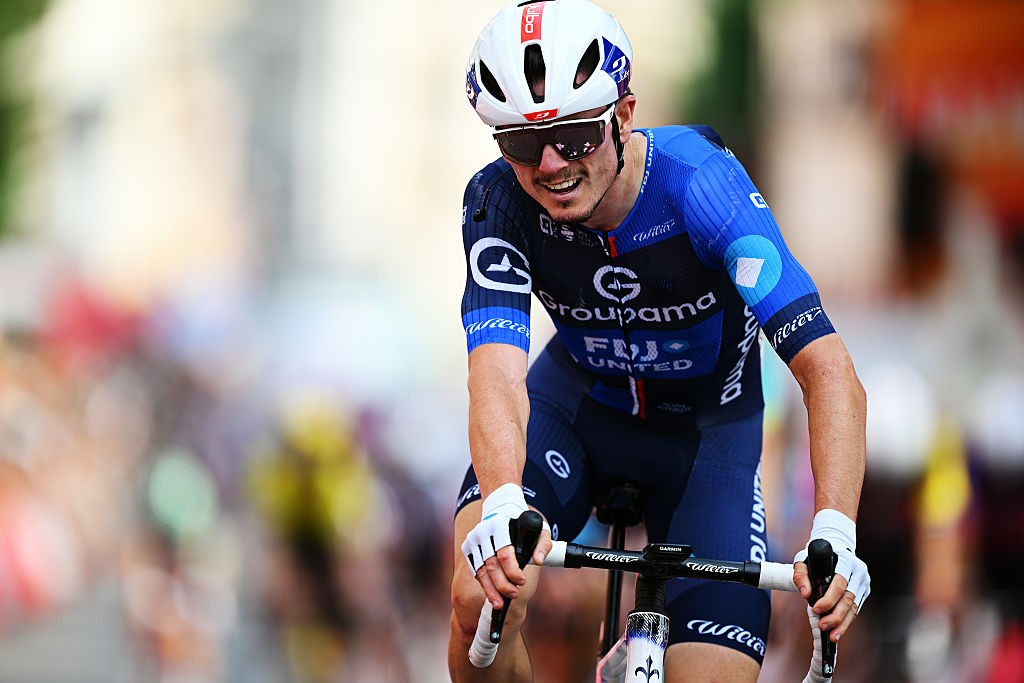The new dimension to the Tour de France: data
Dimension Data and ASO team up to revolutionize live tracking
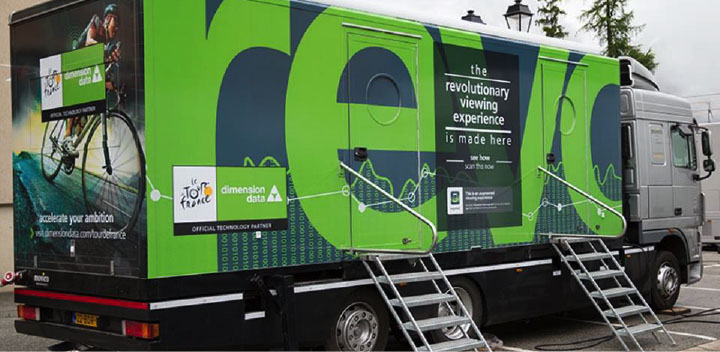
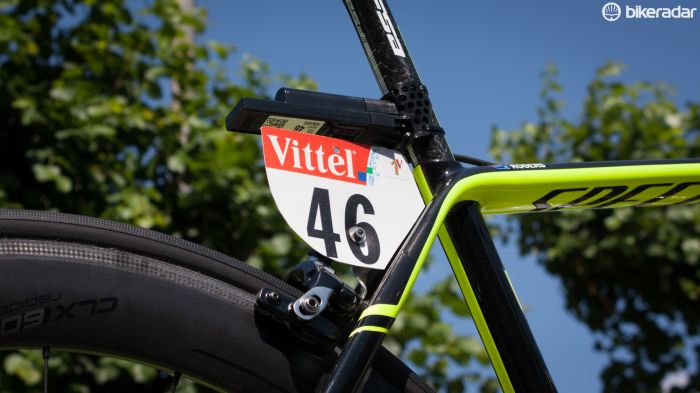
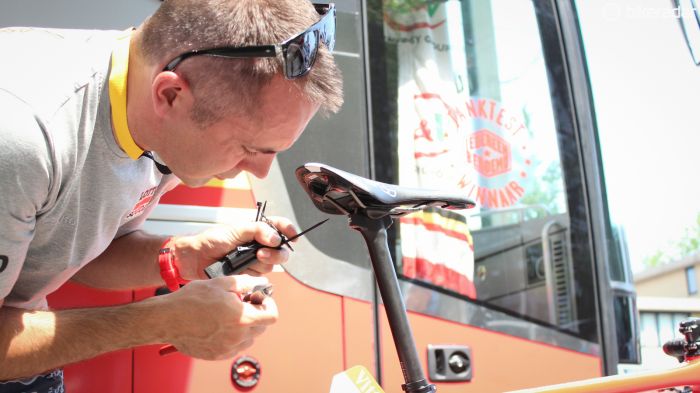
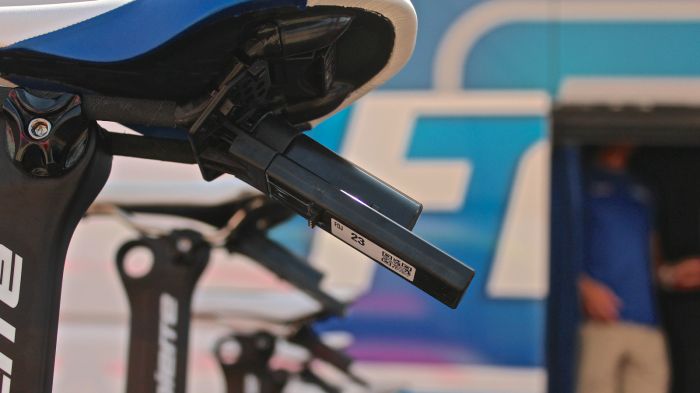
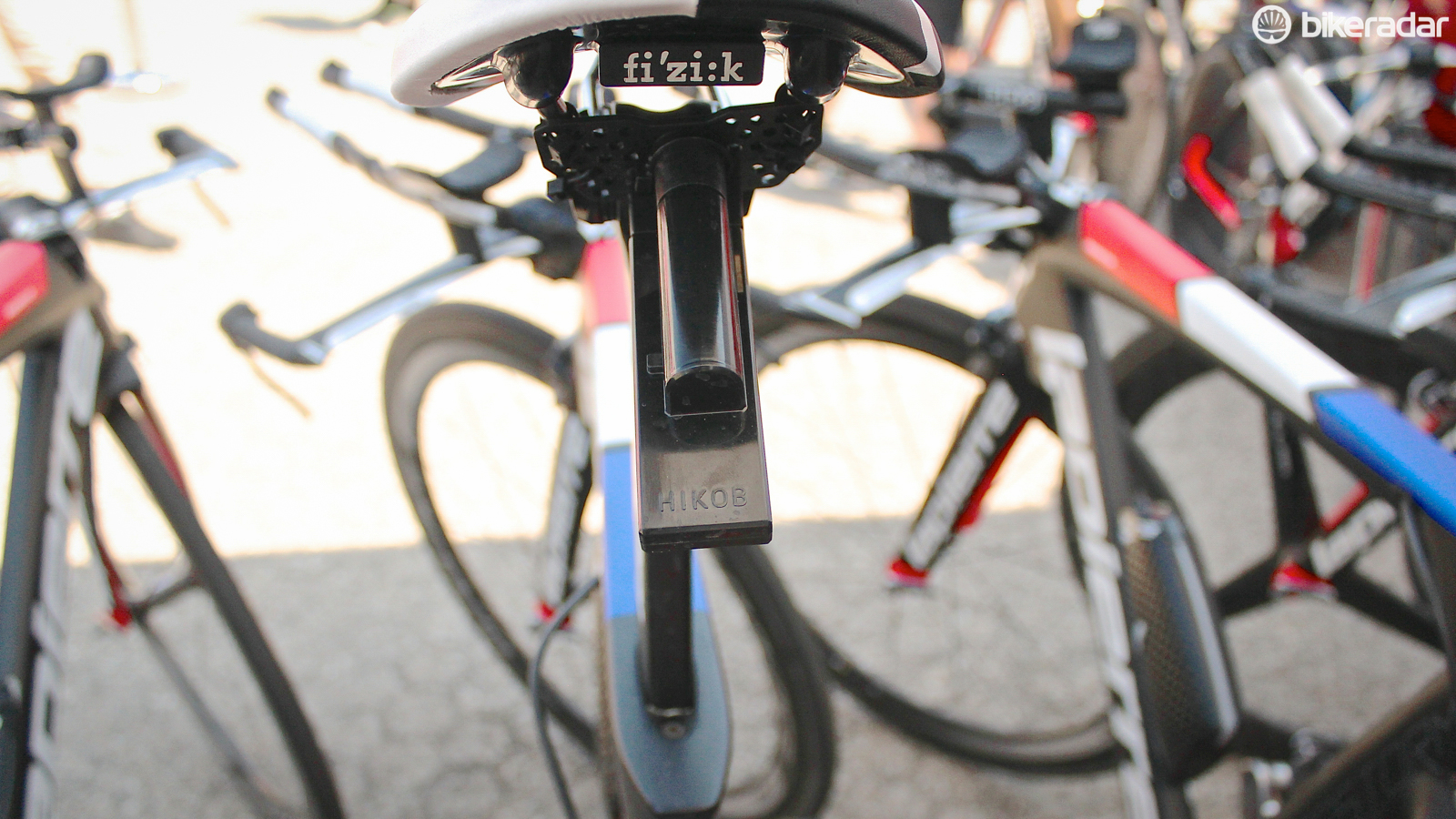
The UCI, the teams and the professional riders have long been calling for modernisation of professional cycling, but it took the power and finances of Tour de France organisers ASO to finally apply modern technology to the race. Through its partnership with South African company Dimension Data, the ASO rolled out live GPS tracking of every rider in the Tour de France this year. While the system itself was rushed into place and at times flawed, it promises to bring a whole new aspect of the race to fans, commentators and historians alike.
Adam Foster, Group Executive for Dimension Data, himself a keen cyclist and triathlete, spoke to Cyclingnews about his group's effort to come up with a system to display the GPS data in a very short time frame. Their partnership with the ASO was only made final in March, giving them just weeks to roll out "the solution" before the Tour de France start in Utrecht.
"We announced a five-year official partnership in the first week of March this year," Foster said from Gap after the second rest day of this year's Tour. "Since then we've been working with ASO and their existing partners to roll out the telemetry solution. The ASO is responsible for the physical device and the transmission of the data to the servers in the finish area, from there we convert that to the kind of information that is displayed on the beta tracking site and is being broadcast on the TV - the rider speed, etcetera at the end of stages.
"Obviously we've had to work extremely quickly to get it ready for this year's Tour, but I'm delighted with how it's gone. We couldn't be happier with the way it's been going."
Over the airwaves
The ASO approached Dimension Data in December of 2014, just after 11 WorldTour teams announced they had formed a partnership called Velon, which aimed to advance the sport through the use of on-board video, position tracking and data to present the races in a better way for the fans. The goal is to keep innovating and potentially share revenue from said innovations amongst themselves.
ASO's response was to quickly pull together its own project. The ASO already has the infrastructure to transmit the images of the race from the roads, bouncing signals off planes and helicopters down to the broadcasters at the finish line, so shooting some GPS data along the same path cost very little. ASO would own all of the equipment and convince the riders to put GPS locators under their saddles. Displaying the actual data in a meaningful, accurate way for broadcasters and fans was Dimension Data's job.
The latest race content, interviews, features, reviews and expert buying guides, direct to your inbox!
Foster said that they knew the project would be in 'beta' form for this year's Tour de France given the short time they had to roll it out, and the key to getting the job done quickly was keeping the team small. "It's funny - the main sponsor of the project is the chairman, Jeremy Ord, and from the first meeting he told me 'to get this to work you should try to keep the team as small as possible'. It's been great advice. We've had 50 people engaged directly, either from client side or technology side. If you look just at the technical piece, there are probably about 25 people from around the world. On a typical stage we have engineers, support staff and data analysts streaming into our truck at the finish from New Zealand, Australia, India, South Africa and the US as well as the central team coordinated out of Paris."
The team on the ground at the Tour de France had some scrambling to do in the first half of the race. They discovered an issue that caused a lag, or latency, between the time the data would be displayed on its tracking website and what was actually going on in the race.
"We use the same technology as the TV broadcast, because that's a tried-and-tested method of transmitting info in the kind of terrain the Tour operates in. I think over the Tour we've improved the service quite dramatically. It's working very well now. It's still limited in some ways, because you need something to receive the signal close by."
The data from each rider's bike is first sent to receivers either in the race officials' cars or motorbikes, then sent up to the helicopters or airplanes that are also picking up the images from the cameramen on the motorbikes. It is then sent down to servers at the finish where Dimension Data checks the quality and then makes it available on the beta live tracking site.
Fans can watch the race unfold in real time, search for a rider and find out where he is in the race, how fast he is travelling and his gap to the leader on the stage. There were times, however, when data from a rider's GPS unit could not be picked up - if they were hurtling down a descent, racing up the final climb or too far away from a vehicle with a receiver. Unfortunately these are the moments where it becomes most critical to use GPS tracking, exactly when the riders are out of the cameras' view.
"This is the first year, it's a beta process. We're working very well with the teams at the ASO. I think we've established some things, and we are looking for workarounds," Foster said.
Another issue comes when riders change bikes, leaving their GPS transponder on the team car, which can be well behind the rider's actual position. Foster says they focused on fitting the main GC contenders' spare bikes with GPS transponders, which could be disabled from being displayed until they're under the rider.
He admitted that some things that were displayed didn't look quite right in the beginning, but by the end of the Tour the data was far more accurate. "We made massive progress in two weeks. So we do have the occasional drop out for instance where one of the commissaire cars aren't close to a particular rider, but the level of coverage we have of the peloton as it's moving through the race I would say is very good. The actual accuracy of the data has been fascinating to watch. From a speed standpoint and a position standpoint, it's extremely accurate, so we're very pleased with the way that's come together."
Into the future
The data amounted to between 1.5-2.5 million packets per stage, each with a rider's speed and location. All of that data has been stored and remains the property of ASO. In future Tours de France, Foster imagines the data could be used to track climbing records, maximum sprint speeds and more.
"You can almost imagine the situation where you're superimposing the rider of the previous year racing this year's riders up the same climb. Over time you're going to develop a huge store of data that will have value.
"As a keen amateur cyclist, I think the data provides an opportunity for the professionals to show the public just what elite athletes they are. It's difficult to show on TV the severity of the climbs... Having the data will be great for the riders to promote themselves as the supreme elite athletes that they are."
Although the Dimension Data-ASO project is the tip of the iceberg for the future of cycling, their partnership is exclusive and will only extend to ASO races. The system was first tested at the Critérium du Dauphiné before being rolled out for the Tour de France, and the companies will be in discussions later this year to decide which races will use the system in 2016.
"After the Tour we have reviews with ASO and their other partners invested in the whole ecosystem of the solution," Foster said. "We've agreed to look at a roadmap of 2016 - we'd like to cover more races given the collective investment everyone's made - and then we will agree on a scope for next year. That will be signed off by the end of October, then it will be all systems go toward building out the additional requirements or improvements to the existing service for 2016."
During the Tour, they have been using social media to gather feedback on the data, and will continue to seek new ideas and improvements.
"The actual data is ASO's, they have the relationship with all of the teams. That's not going to change. We just want to make sure that whatever data they can get for us, we can present in as valuable a way as possible for whatever audience we're addressing, whether it's the broadcasters, the commentators in the booth at the end of the stage, the viewing public, or someone with a smart phone on a mountain following the stage."

Laura Weislo has been with Cyclingnews since 2006 after making a switch from a career in science. As Managing Editor, she coordinates coverage for North American events and global news. As former elite-level road racer who dabbled in cyclo-cross and track, Laura has a passion for all three disciplines. When not working she likes to go camping and explore lesser traveled roads, paths and gravel tracks. Laura specialises in covering doping, anti-doping, UCI governance and performing data analysis.
